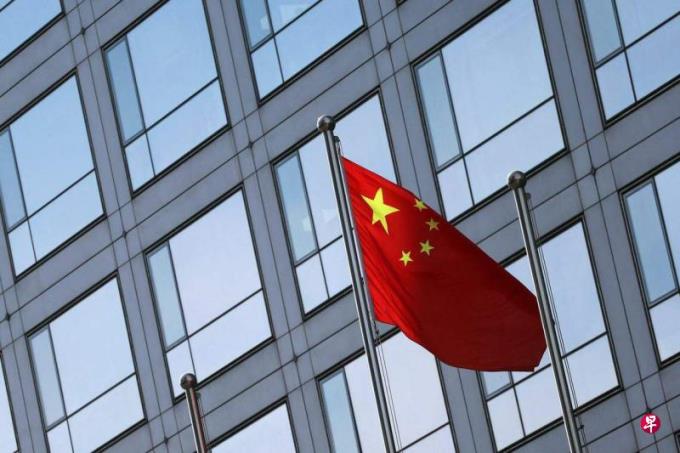
Source: Bloomberg
Chinese local governments 'new bonds were issued in the first quarter of this year, highlighting the dilemma of local governments' dilemma to resolve debt risks and boost economic growth.In order to alleviate local fiscal pressure, the market believes that the central government has more actions in terms of economy this year.
Bloomberg sorted out the disclosed local governments in the first quarter of debt issuance plans to find that the number of new bonds in the first quarter was about 108 trillion yuan (S $ 200 billion), which was about 13%from the actual issuance in the same period last year.It was the lowest in three years.As of February 22, Henan, Guangdong, Tibet Autonomous Region, Shanghai and Dalian have not announced the first quarter of local bond issuance plans.
In addition, according to Bloomberg's summary data, in the first eight weeks of this year, the total scale of new local bond issuance in mainland China and cities has shrunk by 56%compared with the same period last year.
The total debt and debt rate of China's local governments are high, and further debt rooms are squeezed. At the same time, due to the downturn in the real estate market, the difficulty of raising fiscal funds by relying on land sales revenue has increased.Over the past nine years, the scale of local debt has expanded rapidly, and it has become the main point of fiscal policy or is gone.
"The central government's determination to resolve local debt risks is very great. The scale of local debt this year may not change significantly compared with last year." Nomura economist Wang Jing said.Under the circumstances of finance, the central government may continue to issue bonds and leverage this year to increase the transfer and payment of local governments.
The enthusiasm of debt issuance in relatively developed regions is low to reduce interest expenses.In 2023, Beijing took the lead in launching the pilot work of special bonds in advance, saving more than 70 % of interest expenditures.According to the report of the Guangfa Securities, the decline in new local bonds planned for the first quarter of Beijing and other plans to issue a decline in the country and cities in major provinces and cities across the country.
For high -risk debt -high -risk areas, through debt -lifting infrastructure, the economic growth model that expands fiscal expenditure stimulus has been unsustainable.Caixin quoted people familiar with the matter last month that the central government's documents for the classification of 12 key provinces to strengthen government investment project management have been issued.condition.
According to the 21st Century Business Herald, the Ministry of Finance has issued some new local government debt limits in 2024 in advance of 2024, of which Guangdong, Jiangsu, Zhejiang, Shandong and other economic provinces have special debt quotas year -on -year year -on -year year -on -yearIncreased by more than 10%, while Tianjin, Chongqing, Guangxi and other high -risk provinces decreased by about 40%year -on -year.
Under the context of the unsustainable bonding and pull model, and the central government planned a new round of fiscal and taxation system reform, Susan Chu, a senior S & P director, is expected to have a slight decline in local bonds.The growth is mainly driven by the demand for re -financing, not a new bond.
China ’s trillion -dollar government bonds were issued in the fourth quarter of last year, all of which were arranged by the transfer payment arrangement.Bloomberg is reportedly considers the issuance of 1 trillion yuan over long -term special Treasury bonds this year.The market attention will be announced whether the relevant plans will be announced at the upcoming nationwide conference.
Ding Shuang, the chief economist of Standard Chartered Bank of China and North Asia, estimates that about 900 billion yuan of bonds issued by local governments last year has not yet been used, which has further reduced the demand for issuing more local debt this year."The slowdown of local debt issuance plans show that the central government is more likely to increase leverage this year to fill the investment gap." Ding Shuang said.




